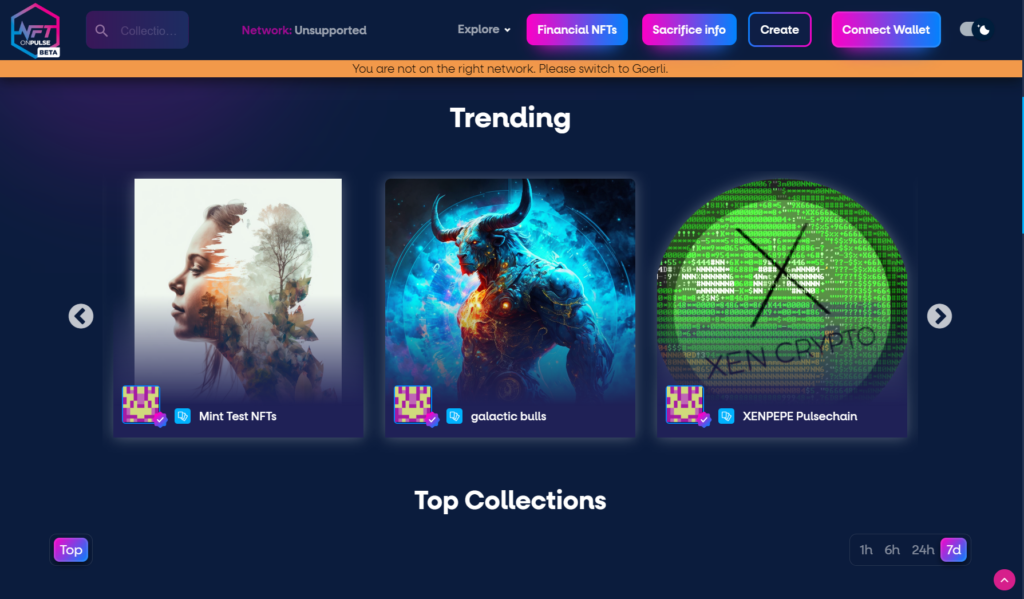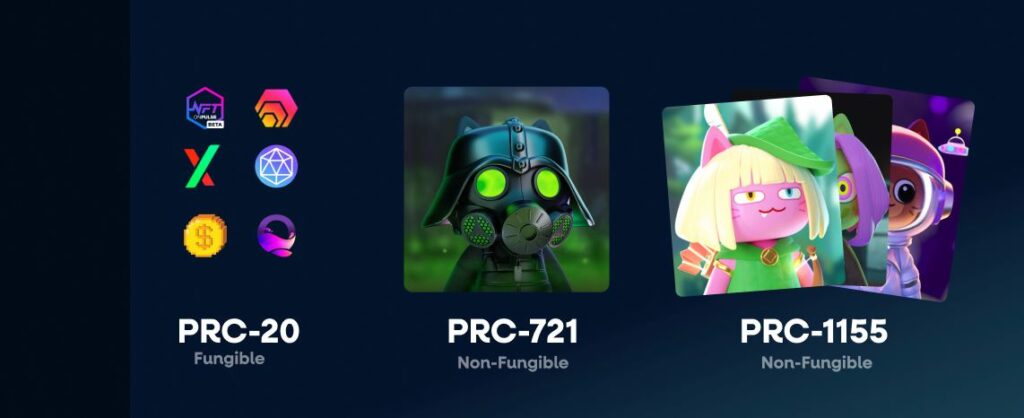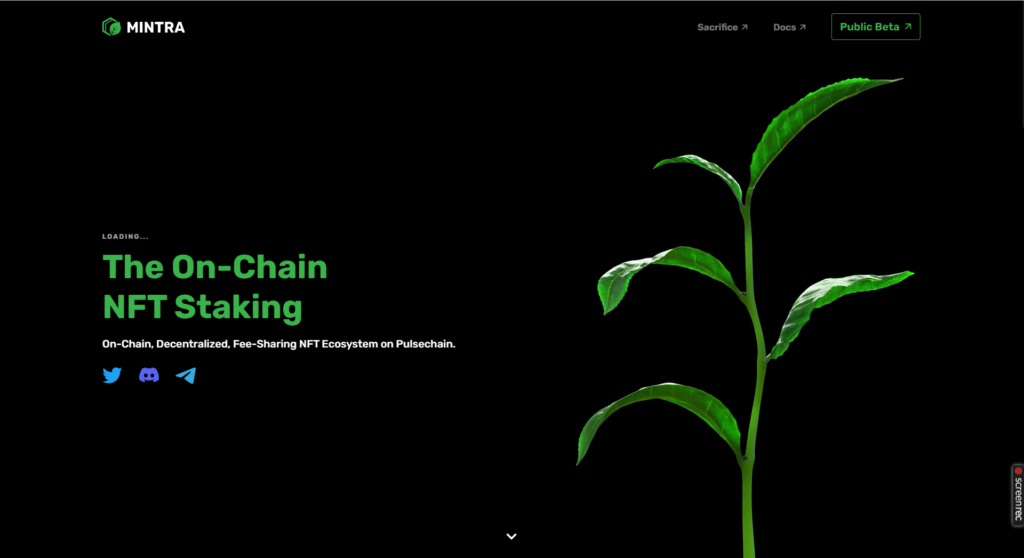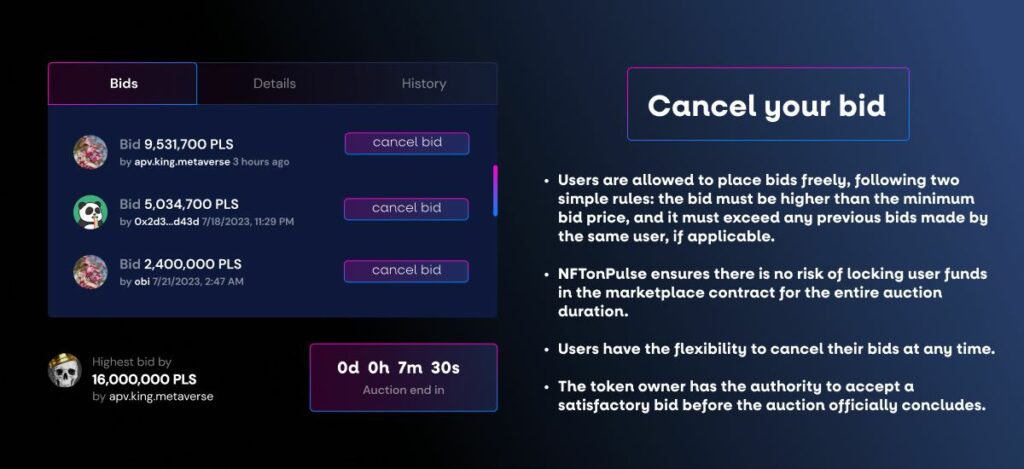NFTs became one of the most important crypto assets, worth $78 billion, but PulseChain didn’t quite tap into their potential just yet. There’s no proper NFT marketplace like OpenSea or Blur on Pulse, but this is about to change with NFTonPulse coming to the stage. Mintra is another dapp focusing on NFTs, and here we review the differences between them. With the growing popularity of NFTs, there will be more platforms emerging to cater to the needs of NFT creators and collectors, and the game is on for who will take the lion’s share of the market.
NFTonPulse (NFTOP) vs Mintra
The user always comes first, and when it comes to a NFT platform, it’s no different. Functionality is probably the most important aspect, but NFTOP and Mintra want to offer something more to their users, and token incentives are a novel idea that sets them apart. Here we’ll talk about the main features and differences so the user can make the best choice. We’ll compare their functionality, incentives, and NFT offer, as well as other aspects, so stay with us until the end.
Marketplace offer
Both marketplaces will offer standard PRC721 NFTs, but only NFTonPulse gives users the ability to mint the latest generation of digital assets in the form of the PRC1155 standard. This new standard is made especially for the gaming and entertainment industries, as it allows for doing things that aren’t possible with PRC721.
PRC1155 is called a Multi Token Standard because it can instantiate multiple tokens in a single smart contract, which means that a single token can contain many others and govern their behaviour. This token has the ability to send multiple tokens in a single transaction, saving on gas, wait time, and clicks. Another feature of this token standard is that to create it, it’s enough to call a function that adds a new ID to the pool of available tokens, while in the PRC721 standard, this can’t be done without code editing and deploying an entirely new contract, which is expensive in gas terms.
When it comes to the NFT offer, it’s important to note that Mintra gives users the possibility to request an Ethereum NFT collection be added to the platform. Users need to fill out the request and wait for its approval. NFTonPulse, on the other hand, indexes the entire blockchain, which is a difficult process lasting months, to give users the capability to display all of their Ethereum NFTs they had in their wallet when the snapshot was taken on May 10. By doing this, everyone can just connect their wallet to NFTonPulse and view and list their NFTs on sale.
Read more about accessing your Ethereum NFTs on PulseChain
Single NFT and lazy mint
Mintra offers its users standard NFT creation. It’s simple and easy, and anyone can do it, but when it comes to options, NFTOP is just more equipped because it gives the possibility to create a single NFT without the need to deploy a contract before the mint, which means that the user can lazy-mint it. How it works is that NFTOP has special contracts for creating ERC721 or ERC1155 tokens without deploying them on-chain before they’re purchased or transferred to another account. After purchase, it will also exist on the blockchain. NFTOP offers this functionality to allow users to organise and manage their NFTs conveniently within the platform itself.
NFTOP supports in-app collection. When a user creates an in-app NFT collection, it means they can group their NFTs together based on specific themes, categories, or any other criteria they choose. This allows for better organisation and presentation of their NFT portfolio. Once the in-app collection is created, users can add their NFTs to it. These NFTs may have been minted on the platform or transferred from other sources, but they are grouped together within the collection for easy management. Users have the ability to edit the details of the collections they own. This may include adding social links, selecting collection categories, adding descriptions, or making other customizations to enhance the collection’s presentation.
All this is to enhance the user experience and make NFT management more convenient for collectors and creators.
Other functionalities include the possibility to:
– set supply of the token (relevant for 1155 NFTs)
– set custom royalties for secondary sales
– put the newly created token up for simple sale (Buy now) or auction immediately after minting.
User profile
NFTOP allows users to create rich profiles by linking their social media accounts, website, and other socials like Twitter, YouTube, Discord, Facebook, TikTok, and Snapchat. On the other hand, Mintra only allows users to share a single link in their profile, limiting their ability to showcase their online presence fully. With this simple addition, NFTOP’s approach fosters better community engagement and networking possibilities.
Putting tokens on sale
Both platforms enable users to put tokens on sale, but NFTOP offers more flexibility. Users of NFTOP can set any price for their token as long as it is higher than the marketplace’s base minimum price of 0.000001 PLS and list it as an auction or with a fixed price, whereas users of Mintra must set the price at or higher than the contract owner’s set floor price. Mintra supports private sales, which is the possibility to trade between peers in private. It may also implement bulk creation and/or cancel fixed-price sales in the future. NFTOP doesn’t offer the possibility to create multiple tokens in bulk; however, the PRC1155 is quite a powerful standard that could be used as an alternative. There’s no cancel sale functionality on NFTOP, but it’s possible to cancel simple listings at any time. Mintra overrides an existing offer on a token if the owner lists it for sale and the offered amount goes back to the offeror.
Token auctions
NFTOP provides users with a comprehensive auction system where they can create auctions with defined payment ERC20 tokens, set bid increments, and extend auction times. In contrast, Mintra’s auction system lacks certain functionalities, such as bid increment rules and bulk create/cancel auction features.
On NFTOP, when a user puts a token on auction, existing offers are not overridden, and the offer can be included in the auction. The possibility to select an ERC20 token as a payment is a feature other platforms don’t have. The platform currently has WPLS, but ERC20 will be added in second place. NFTOP doesn’t require the contract owner to set controls for a minimum bid price because such a feature is superfluous. Users can place any bid they like with only 2 rules: bigger than the minimum bid price and bigger than the user’s previous bid, if such exists. Additionally, the user can cancel their bid at any time and isn’t required to lock funds in a marketplace contract for the entire auction duration. Token owners can accept a satisfactory bid before the auction actually ends, which gives them more flexibility. On the contrary, Mintra doesn’t allow bidders to cancel a bid and requires them to transfer the funds at the moment of placing the bid. Mintra’s marketplace has a rule of minBidIncrementPercent, which requires every new bid to be larger than the previous one by 10%; however, the contract owner can change it at any time to a range of 5% to 15%.
Making offers on NFTs
Both platforms allow users to make offers on NFTs. NFTOP has an advantage as it allows users to make offers with approved ERC20 tokens, offering more flexibility in payment options. Additionally, NFTOP allows users to make multiple offers on a single token, whereas Mintra allows only one offer per NFT at a time, and the user can make an offer on the NFT only if it has not been listed or put on auction. The expiration date for an offer is not implemented on Mintra, and the offered amount is deducted from the user’s balance right away. If a bigger offer is made, the amount is refunded. The user can cancel (revoke) an offer only 1 hour after placing it (directly on the contract) and in 24 hours (on the marketplace itself). On Mintra, trades are made in the native PLS currency, while on NFTOP, they’re made with WPLS and later on with ERC20.
Launchpad
NFTOP is working on a launchpad feature that will enable users to deploy collection contracts to the PulseChain. Mintra, on the other hand, has many functionalities when it comes to collection deployment, some of which are quite strict. It doesn’t support self hosted metadata URI and has very strict rules about metadata URI (only ipfs://{hash} format for images in metadata and the metadata URI itself). The deployed collection contract is not verified, so the user cannot actually control it out of the app. The launchpad supports token burning, which is a good option to have, but it doesn’t support MP4, GIF, GLB file types, only images.
Drops dashboard
NFTOP plans to launch a Drops Dashboard, where users can manage their collections and view collection statistics. Mintra already offers a similar feature, allowing users to view and manage their collections.
Service fees
Both platforms charge service fees on each sale, but the structures differ. NFTOP directs 2% of the sale amount to the staking contract, which is then distributed among staking pool participants. The contract owner can change the service fee in a range from 0 to 5%. Mintra’s service fee of 2.25% is sent to a feeSplitterAddress contract, which allocates it to various addresses. Any user can call a function and distribute the accumulated amount between 3 addresses equally:
– staking rewards contract;
– BuyBackAndBurn contract;
– treasury address ()
The contract owner can change the service fee in a range from 0 to 2.25%, which can only be reduced.





